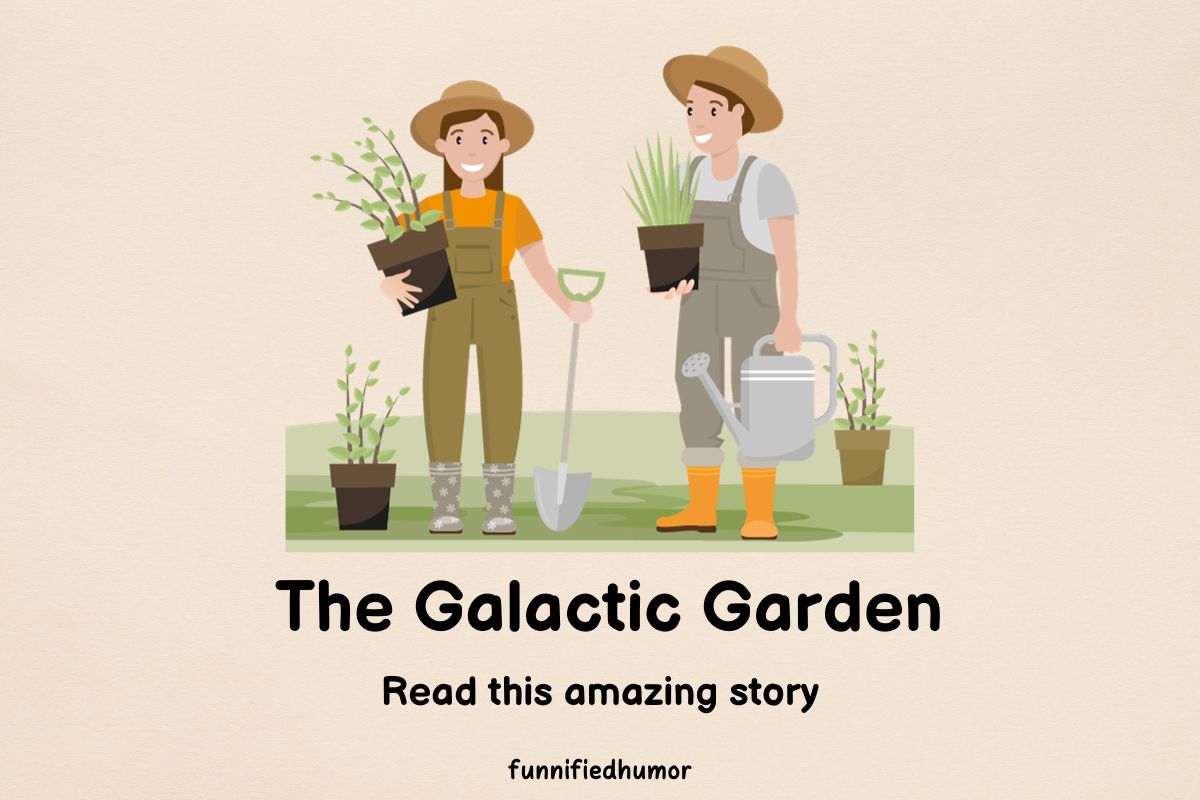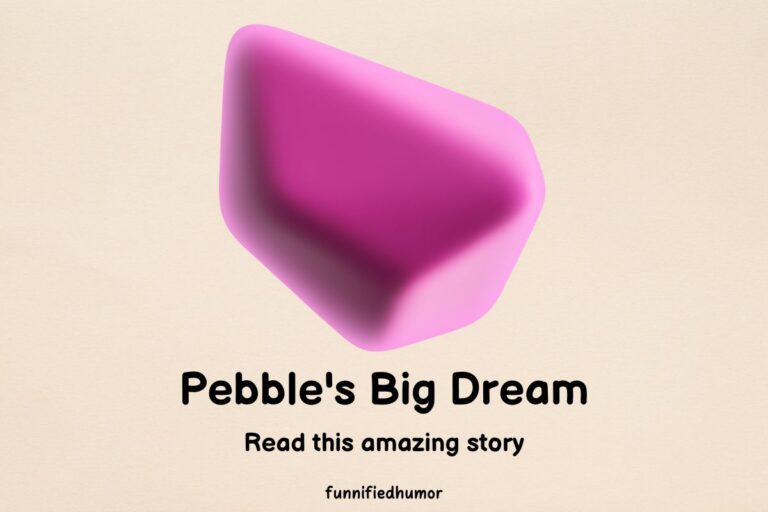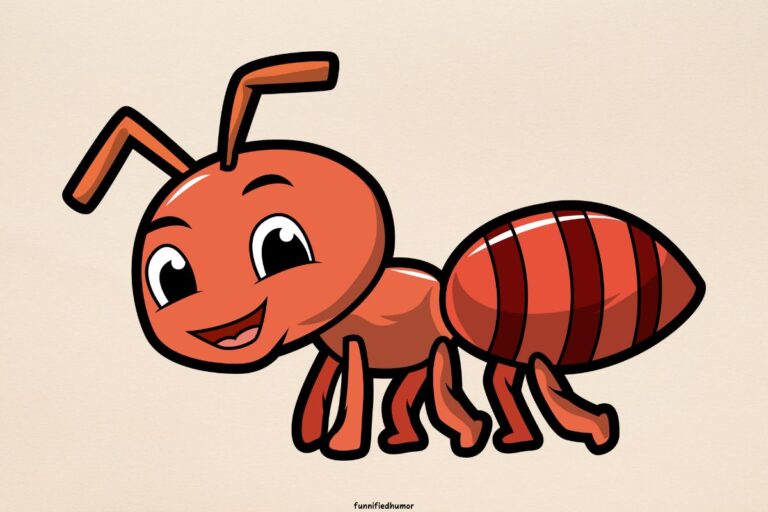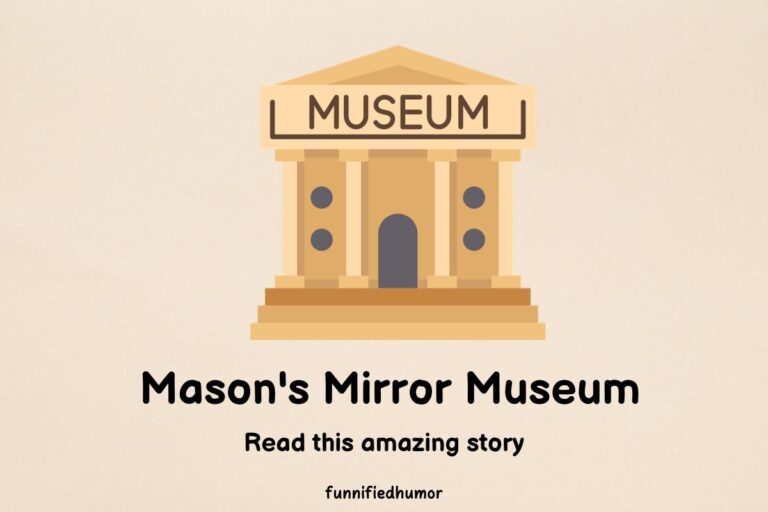The Galactic Garden

In a sprawling space station named Lumina, far from the planet Earth, children zoomed about on their anti-gravity scooters, exploring every nook and cranny of their metallic home. Yet, for all its technological wonders, Lumina lacked one thing that Earth had in abundance – nature.
One day, Mia, a curious young girl with twinkling eyes and a mop of curly hair, was exploring an old storage room. As she rummaged through the rusty boxes, she came across a tiny object that looked out of place amidst the space gadgets. It was a seed! “What’s this doing here?” Mia wondered.
Eagerly, she showed it to her best friend, Leo, who was equally surprised. “That’s a seed, Mia. From Earth! But how did it get here?”
Mia’s eyes sparkled with excitement. “Let’s plant it!”
Using an old pot and some soil they’d found, Mia and Leo planted the seed in the station’s community area. Within days, a tiny green sprout emerged, growing rapidly into a magnificent plant with shimmering, luminescent leaves and flowers that glowed in the station’s soft light.
The children aboard Lumina were enthralled. “It’s magical!” exclaimed Zoe, another young inhabitant. “I’ve never seen anything like it.”
News of the magical plant reached the ears of Grandma Nora, the eldest resident of Lumina. Gathering the children around her, she said, “I remember hearing tales of such plants when I was a child on Earth. But this one seems special.”
The plant didn’t just glow; it hummed a soft melody and swayed even when there was no breeze. Its flowers, when touched, showed visions of lush forests, flowing rivers, and soaring mountains – scenes from a long-forgotten Earth.
Determined to learn more, Mia, Leo, Zoe, and a few other friends decided to visit Lumina’s vast library. They spent days poring over old books and holograms, looking for any clue about the plant’s origin.
One evening, while searching through a dusty old tome, Zoe stumbled upon an illustration that looked eerily familiar. “Look!” she shouted. “It’s our plant! It’s called the ‘Lumina Blossom’.”
The book described the Lumina Blossom as a rare and magical plant from Earth with the power to show visions of nature’s beauty. It was believed to be extinct, having vanished from Earth centuries ago.
The children were in awe. “So, our plant is the last of its kind?” whispered Mia.
Leo nodded, a lump forming in his throat. “We have to take care of it. It’s a piece of Earth’s lost magic.”
Word spread throughout Lumina about the discovery, and soon, everyone gathered around the magical plant. The children spoke passionately about the importance of preserving this last piece of Earth’s natural magic. They set up a small garden around the plant, caring for it with tenderness and love.
Yet, as the days passed, the Lumina Blossom’s glow began to fade. Mia, Leo, Zoe, and their friends watched in dismay as the plant’s leaves wilted and its flowers drooped.
“Why is it dying?” cried Zoe, her eyes filled with tears.
Grandma Nora, with her age-old wisdom, looked at the children and said, “The Lumina Blossom isn’t just a plant. It’s a symbol of nature’s magic and beauty. Perhaps it needs something more than just water and care.”
And so, the children embarked on a quest to uncover the mystery behind the Lumina Blossom’s decline, hoping to restore its magic and learn more about the beauty of Earth’s nature that they had never witnessed.
But that’s a tale for another time…
The children, led by Mia and Leo, formed a research team. They decided to divide their tasks. Some would delve deeper into Lumina’s historical archives, while others would look into the environmental conditions the plant might need. Zoe, with her keen intuition, felt that the plant needed more than just physical sustenance. “It’s as if it’s missing a connection, a piece of its home,” she mused.
In their quest for knowledge, they encountered Dr. Elara, Lumina’s chief botanist, who had been in deep space exploration when the Lumina Blossom was discovered. Intrigued, she shared stories of how plants on Earth were deeply connected to their environment — the birds, the bees, the wind, and even the emotions of the people around them.
“The Lumina Blossom,” Dr. Elara explained, “might be yearning for its natural habitat. In the old world, plants thrived not just on sunlight and water, but also on the symphony of life around them.”
Inspired, the children decided to recreate a semblance of Earth’s environment around the Lumina Blossom. They gathered recordings of bird songs, synthesized the scent of Earth’s forests, and even created a gentle breeze using the station’s air systems.
Zoe had another idea. “What if,” she began hesitantly, “we shared stories and memories around the plant? We’ve seen it show visions; maybe it can feel emotions and stories too!”
And so, every evening, the residents of Lumina gathered around the Lumina Blossom. They shared tales of their ancestors, sang old Earth lullabies, and even danced. The children who had never been to Earth imagined vast oceans, dense forests, and open skies as the elders described them.
Miraculously, the Lumina Blossom began to respond. Its glow returned, brighter than ever, and its flowers stood tall and radiant. Not only did it thrive, but tiny seeds began to form on its branches.
The Lumina Blossom, it seemed, had not only connected with its memories of Earth but had also connected all of Lumina’s residents to their home planet’s legacy.
Grandma Nora, with tears in her eyes, held a seed in her hand. “This,” she said, “is a gift from the past and a promise for the future.”
Mia hugged the Lumina Blossom gently. “We won’t forget,” she whispered. “We’ll cherish the magic of nature and ensure it lives on, even in the vastness of space.”
The Starlit Garden, as it came to be known, became a sanctuary in Lumina. It reminded everyone of the magic of nature, the importance of preservation, and the interconnectedness of all life.
And so, amidst the stars, a piece of Earth’s heart continued to beat, nurturing hopes and dreams for generations to come.





